One of the simplest, and smartest ways to design an album cover, is the full image wraparound. It’s like a mullet, business in the front and party in the back. It can even act as a poster to be hung or framed at your leisure. There are plenty of gatefolds that have photos stretched across them, but that’s for another newsletter.
While the wraparound album cover is one of my favorite design techniques, I’ve noticed that there isn’t a common name for it. Through some digging, I found that this style came into popularity at the end of the 60s when the rock and roll revolution was taking over, specifically in 1968. The earliest wraparound covers that I’ve found are the UK pressing of The Jimi Hendrix Experience Electric Ladyland and the James Taylor eponymous debut.
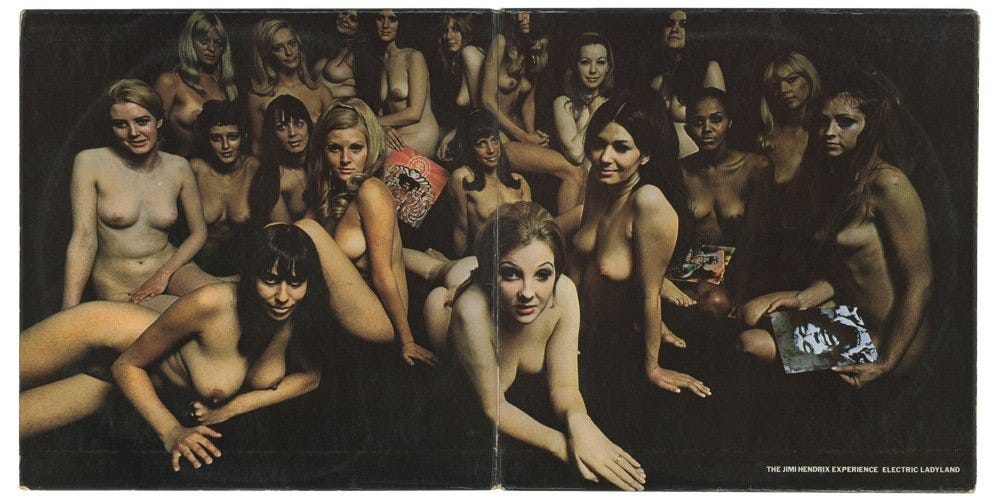
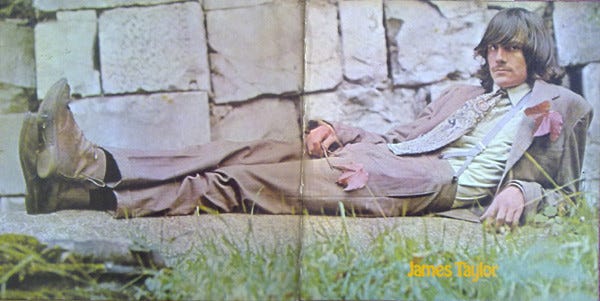
This trend has lost a bit of its popularity with the transition of technology away from vinyl and the chunky binding of the tape and CD, making the seamlessness of the trend hard to pull off. And now, with artwork on streaming services being released digitally first, the back cover is almost an afterthought if the album even goes to press.
70s funk band Ohio Players made the full image vinyl wraparound their signature trademark. Out of their 23 LP releases, 14 utilize the trend, while the 9 others still stay true to their “sex sells” mentality. I like to think of the Ohio Players’ imagery as the “Playboy Magazine of records.” They’re cheeky in just the right way.
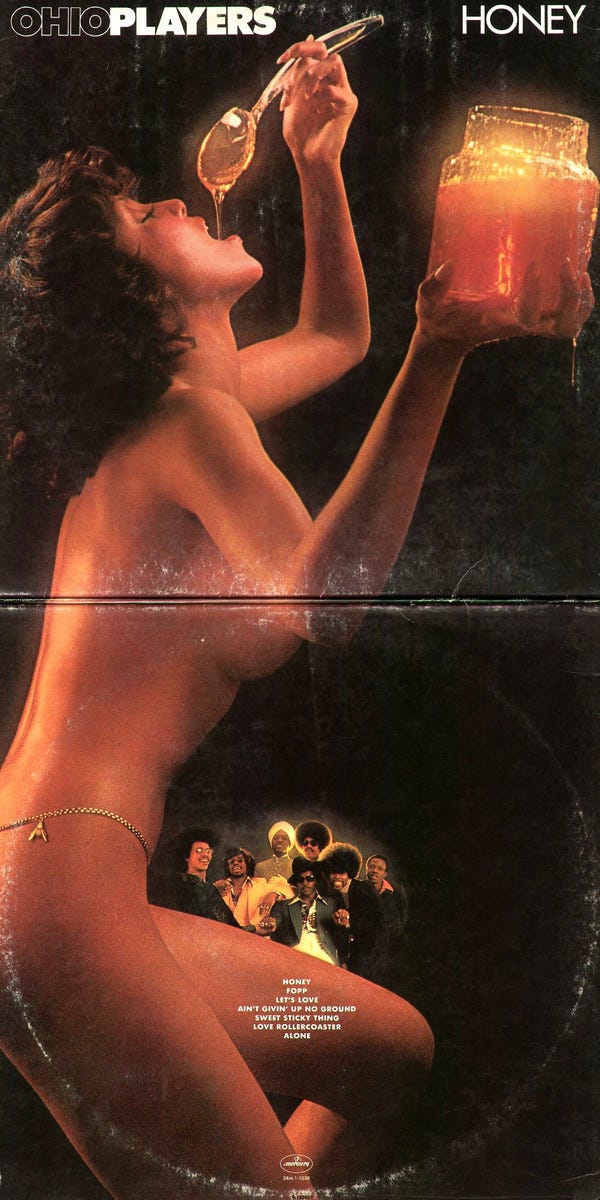
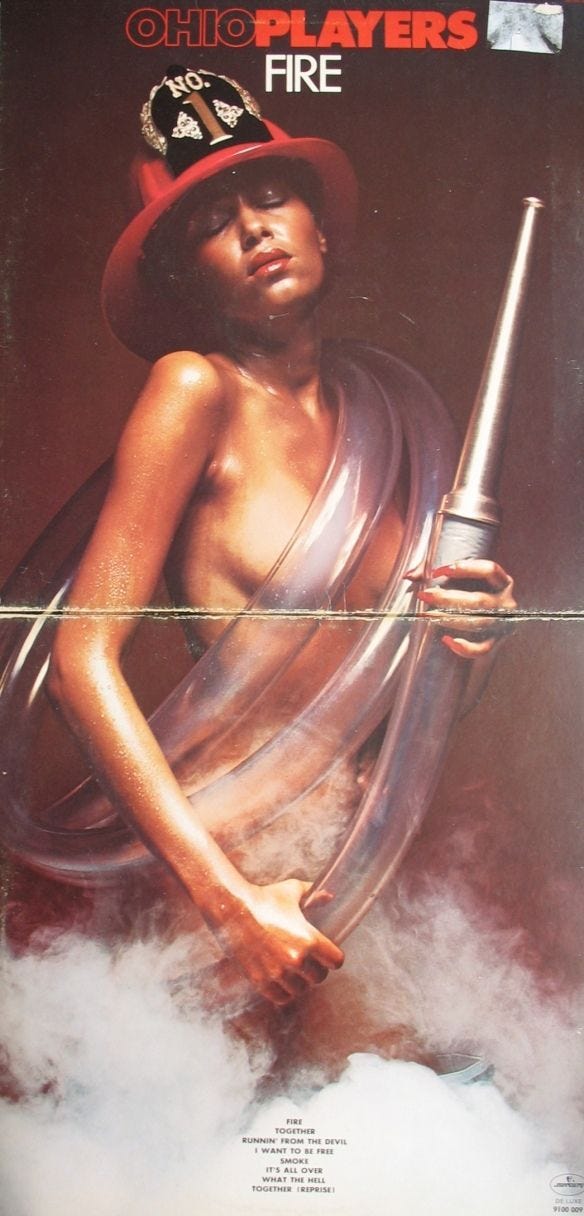
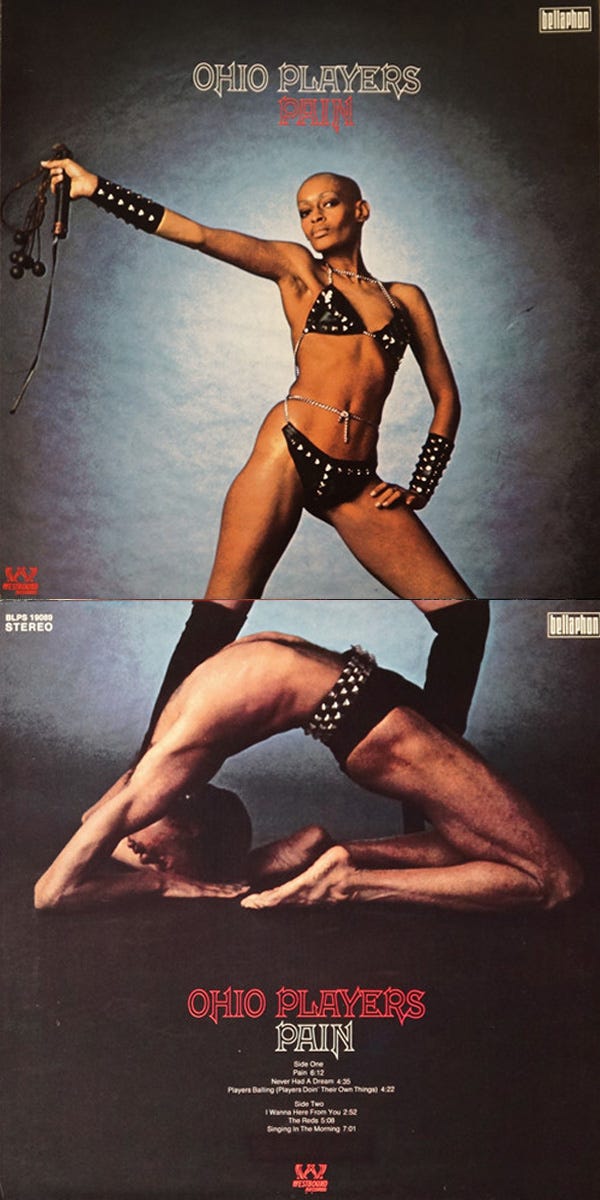
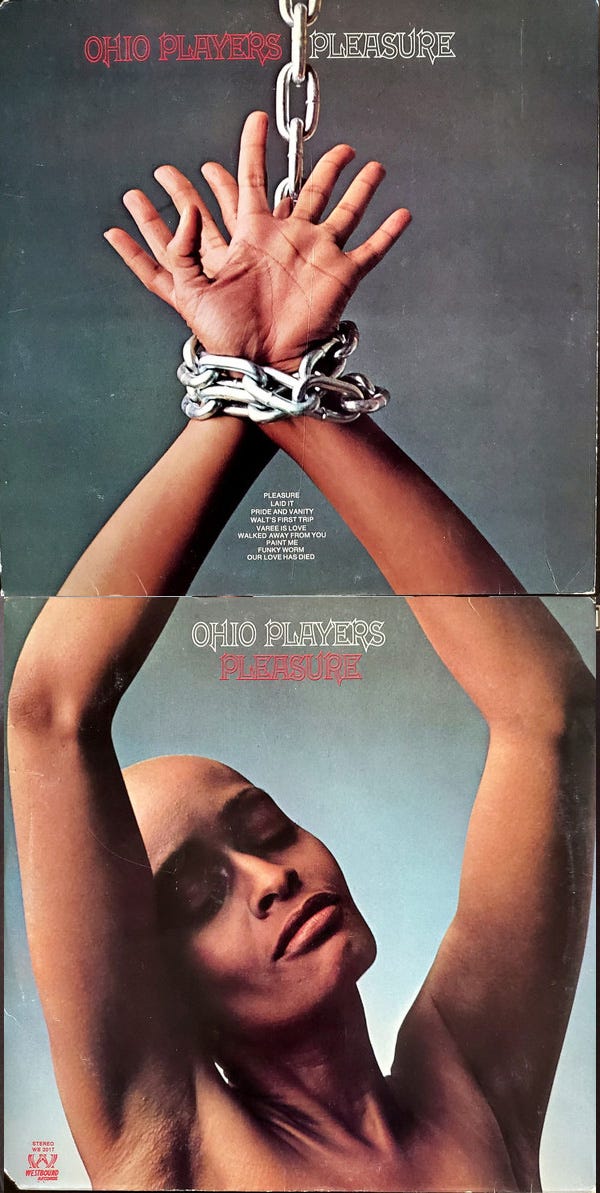
Below are a few more of my favorite records that feature the wraparound style.
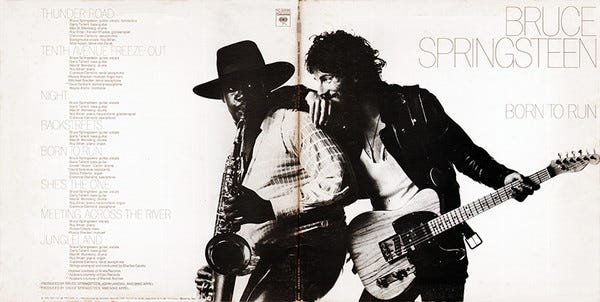
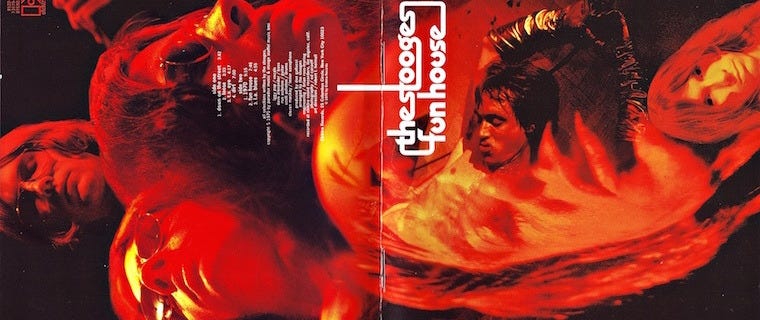
I’m looking for this to be a free public educational source since there is yet to be full documentation on the art history of album art. But if you have $5/ month to spare, it would be super helpful in furthering my research. Or if you think a friend might enjoy this kind of thing, the best way to pay it forward is just by sharing.




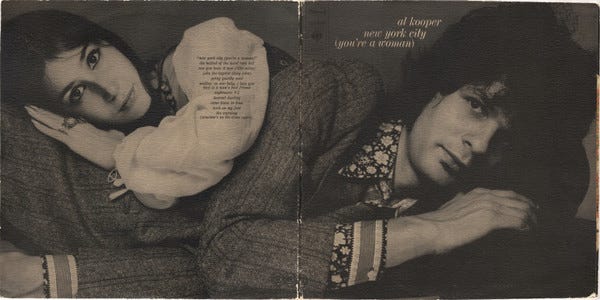
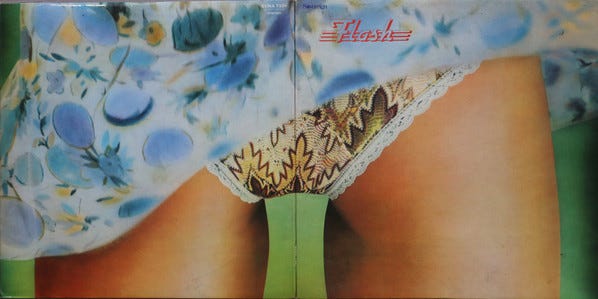
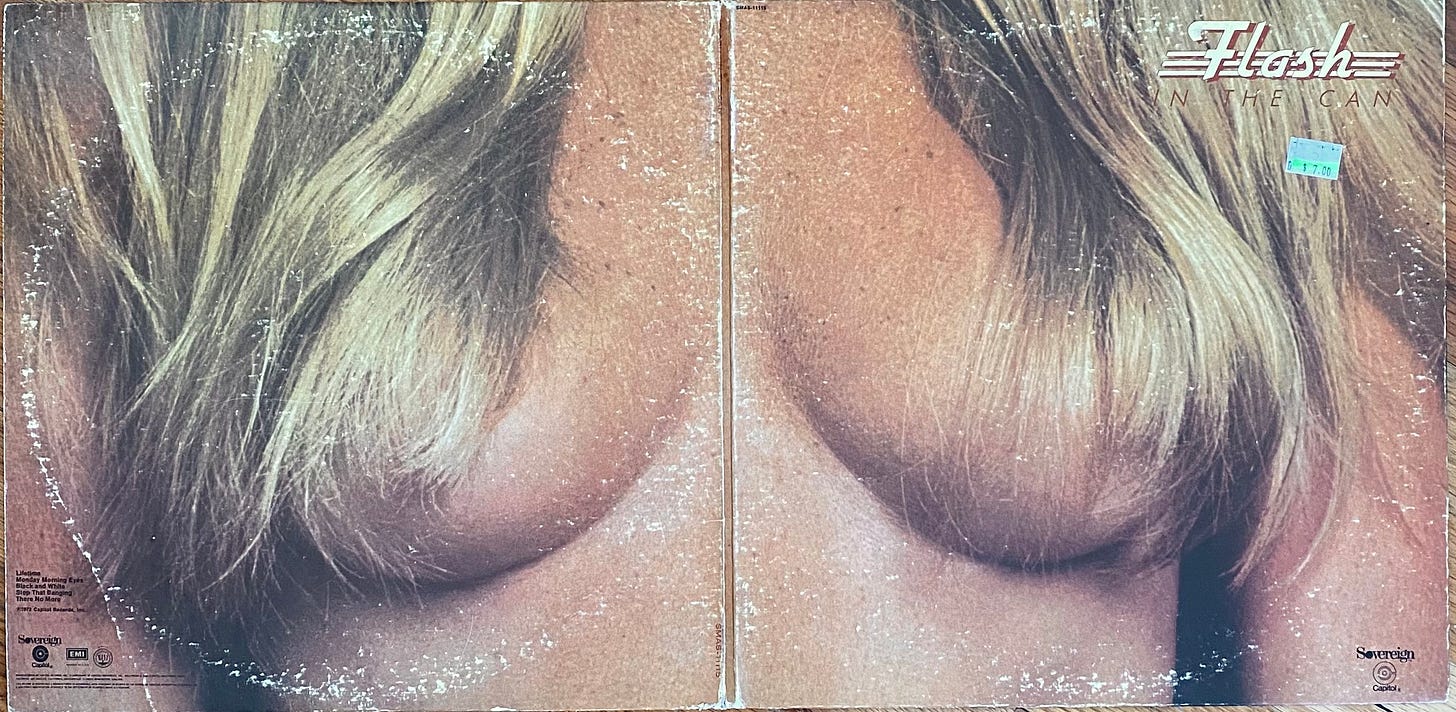
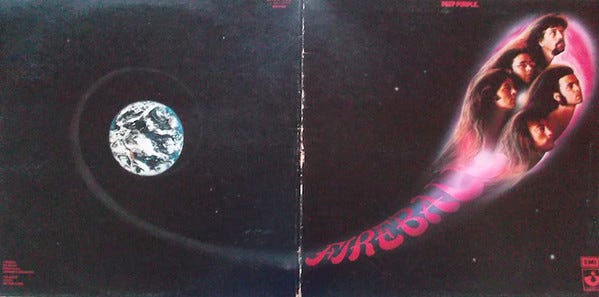
Miles Davis - Bitches Brew, with it’s light/dark theme
A couple others that immediately come to mind are Elton John's Captain Fantastic and Frank Zappa and the Mothers' Over-nite Sensation. The Ohio Players style where its meant to be viewed longways was also done by P-Funk on the Free Your Mind . . . . thing.
Prog-rockers loved it: Yes, with Relayer and Topographic Oceans. King Crimson for In the Court . . . and . . . Wake of Poseidon.
The Doors' Strange Days.